Trypanosomatids
in the supralittoral zone
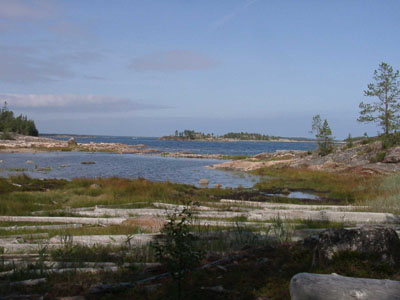
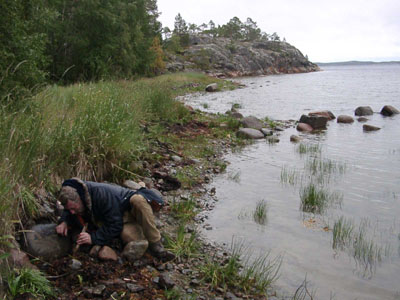
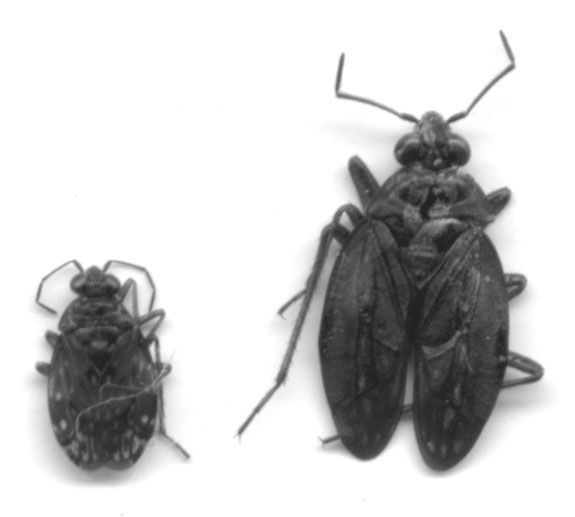
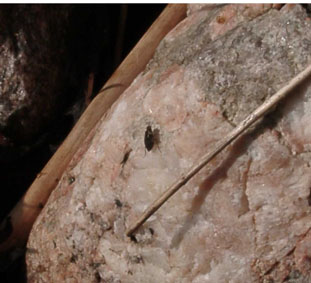
Left: Saldula
pallipes (smaller) and Salda littoralis (larger). Right:
S. pallipes in the natural environment.

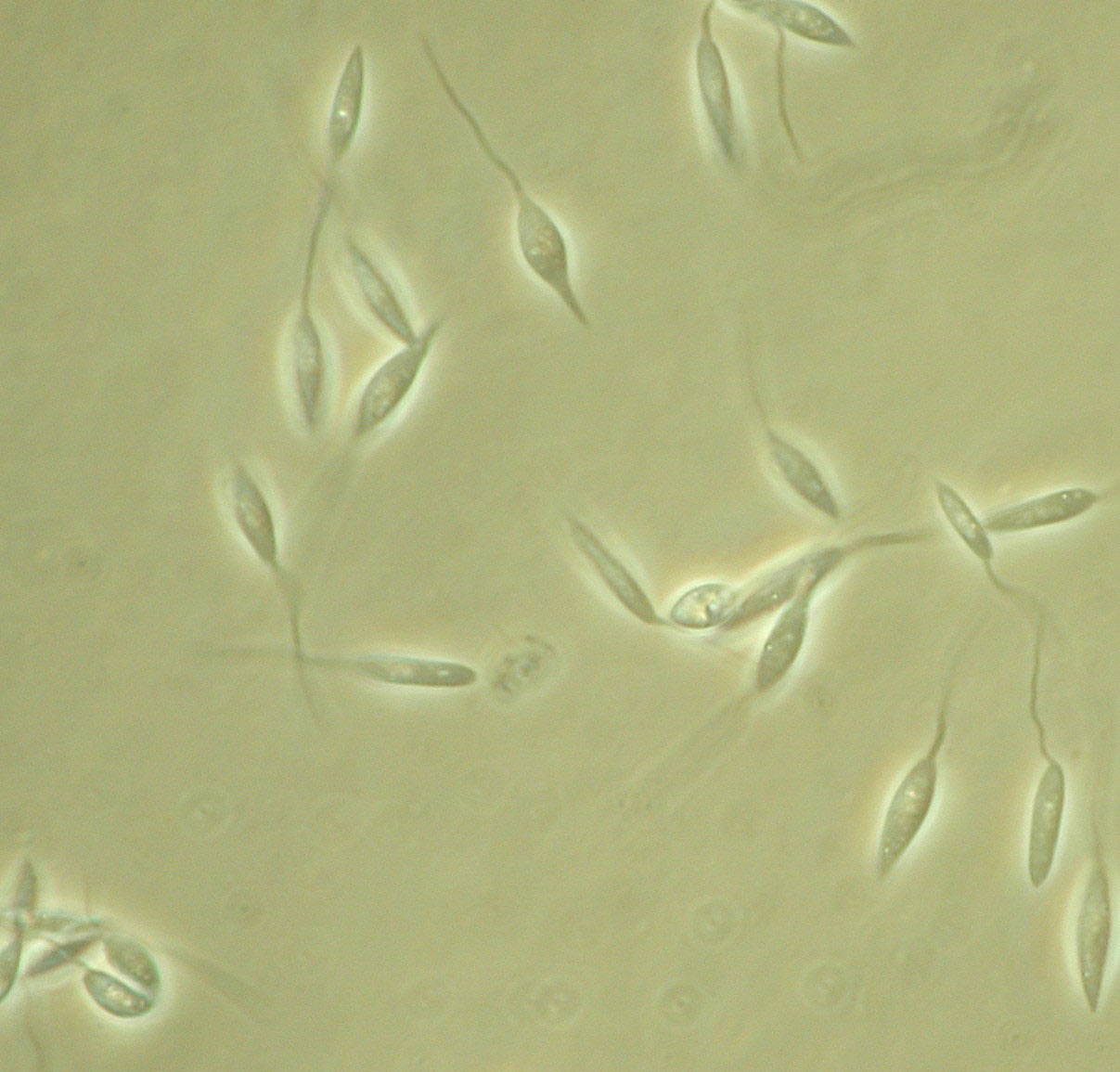
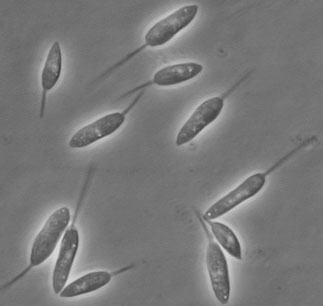
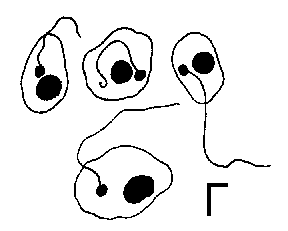
Culture form of Wallaceina sp. Wsd isolated from Salda littoralis. Most cells in culture are promastigotes (left), while some are endomastigotes (right). The miniexon sequence is different from that of two aforementioned leptomonads. This organism was isolated on the same spot and day as Leptomonas sp. PL indicating that the same host species simultaneously harbours two different parasites.